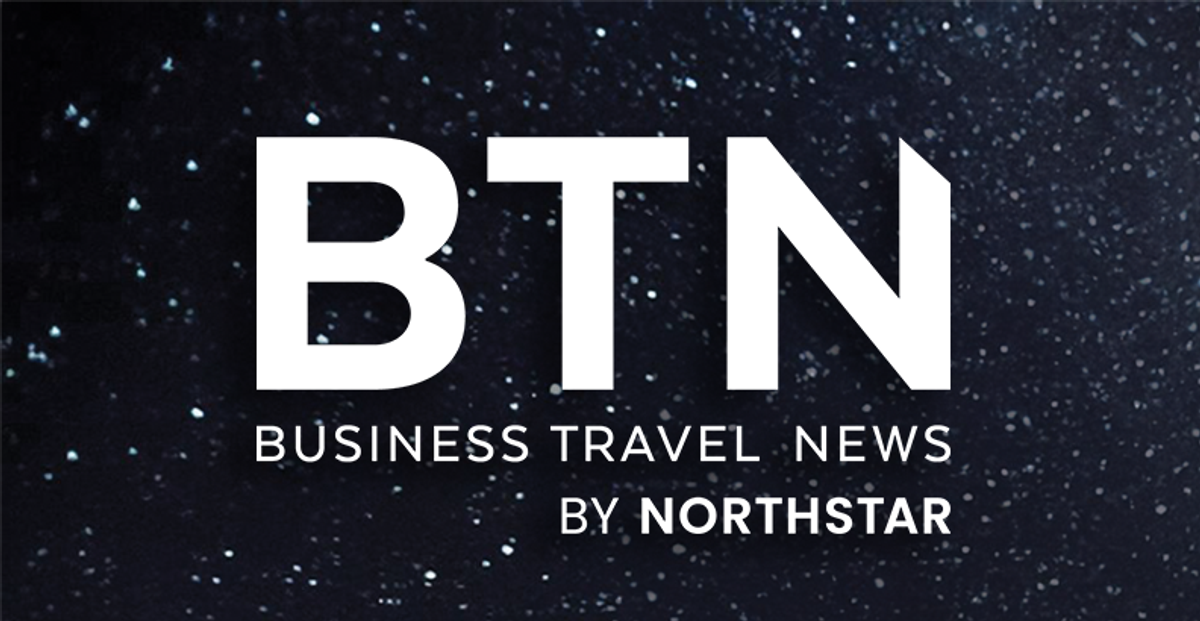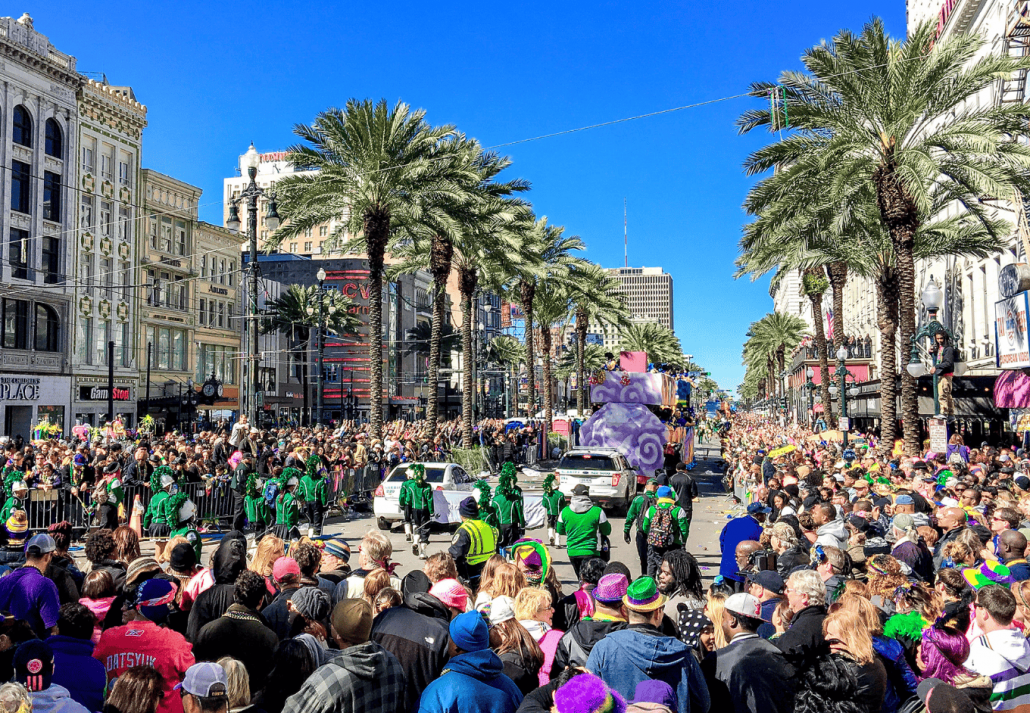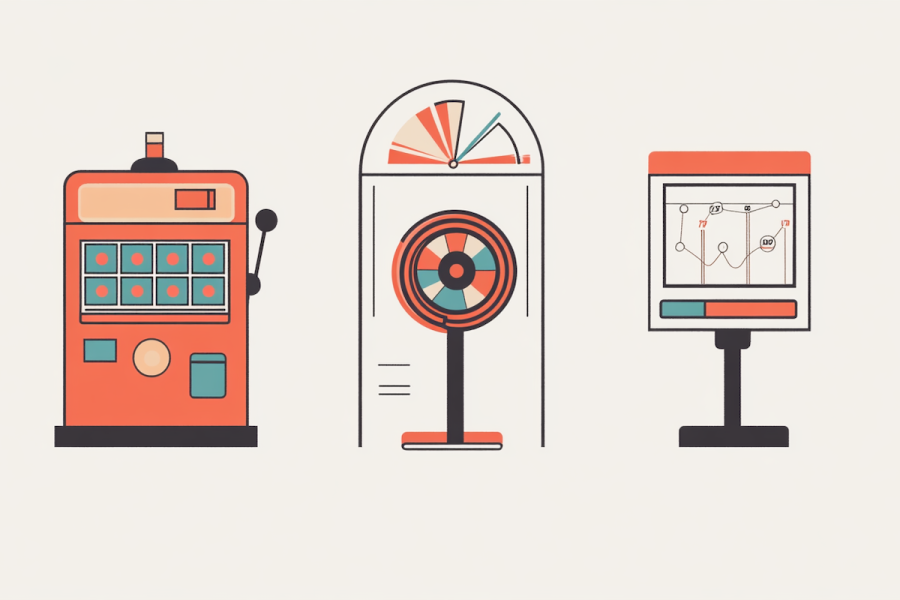JetBlue Q2 Corp. Demand Flat as Premium Resilient
As it prepares to launch its "Blue Sky" domestic partnership with United Airlines, JetBlue executives during a Tuesday earnings call acknowledged its presence in the business travel arena has waned but suggested segment revenue was steady.

As it prepares to launch its "Blue Sky" domestic partnership with United Airlines, JetBlue executives during a Tuesday earnings call acknowledged its presence in the business travel arena has waned but suggested segment revenue was steady.
"Year over year, we've taken a pretty big hit to our business customer network, because we've closed a lot of the business routes we flew at LaGuardia," said JetBlue president Marty St. George. "Notwithstanding our business revenue is basically flat quarter over -- year-over-year for the quarter.”
JetBlue last summer announced it would shift capacity away from corporate routes from New York's LaGuardia and toward leisure routes. But the Blue Sky partnership with United, which the carriers said Tuesday was approved by the U.S. Department of Transportation, possibly provides an avenue to raise its presence in the sector.
JetBlue reported a second-quarter loss, even as some demand segments showed signs of strength, particularly from late bookings and premium seat sales.
“Premium cabin loyalty and transatlantic continue to demonstrate resilience,” St. George said. “Premium unit revenues were up mid-single digits year over year during the quarter…international continues to perform well with transatlantic unit revenues [are] up low single digits for the quarter.”
The carrier maintained capacity discipline in the second quarter, pulling back during weaker periods while adhering to its full-year unit cost guidance despite flying less, CFO Ursula Hurley said.
JetBlue Q2 Metrics
JetBlue reported second-quarter revenue of $2.36 billion, down 3 percent year over year. Passenger revenue was $2.18 billion, down 4 percent. The net loss for the second quarter was $74 million, compared with a $25 million profit in the second quarter of 2024.
Second-quarter capacity declined 1.5 percent year over year.
The average fuel price was $2.40 per gallon, down from $2.87 in Q2 2024.
Cost per available seat mile excluding fuel rose 6 percent year over year.
JetBlue kept its full-year unit cost guidance, projecting 5 percent to 7 percent growth despite flying 1.5 points less capacity than originally forecast.
JetBlue raised its long-term profit target under JetForward—the airline’s multi-year transformation plan—by $50 million to a new range of $850 million to $950 million in expected EBIT benefits by 2027, due to the Blue Sky partnership. The deal is already gaining traction, with “a double-digit increase in average daily [credit card] card acquisitions” outside JetBlue’s core markets, St. George said on the earnings call.

 BigThink
BigThink 
































